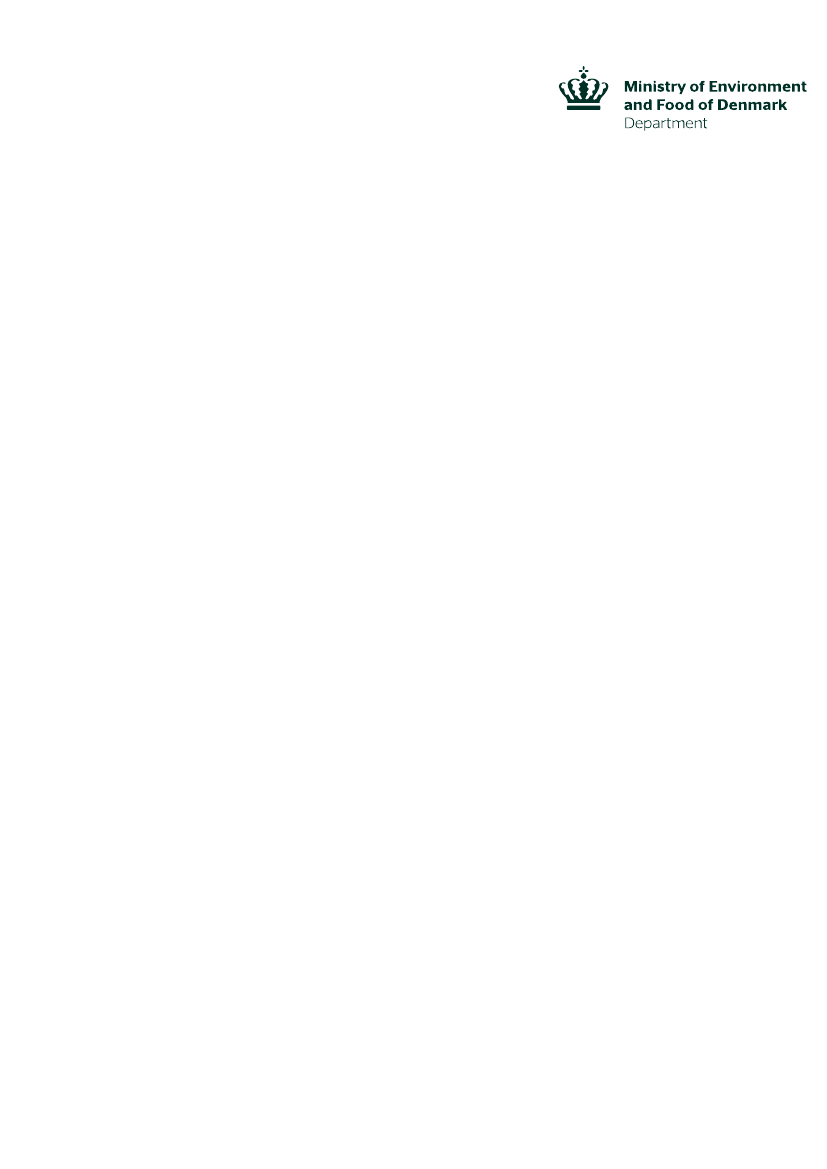
Derogation Report 2019
Danish Report
in accordance with the
Commission Decisions
2005/294/EC, 2008/664/EC,
2012/659/EU, 2017/847/EU,
and 2018/1928/EU
March 2020
Ministry of Environment and Food of Denmark
Department
Slotsholmsgade 12
DK-1216 Copenhagen K